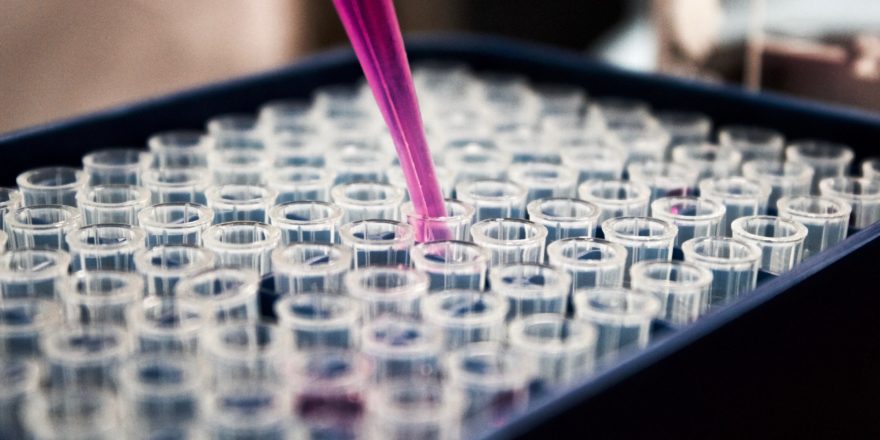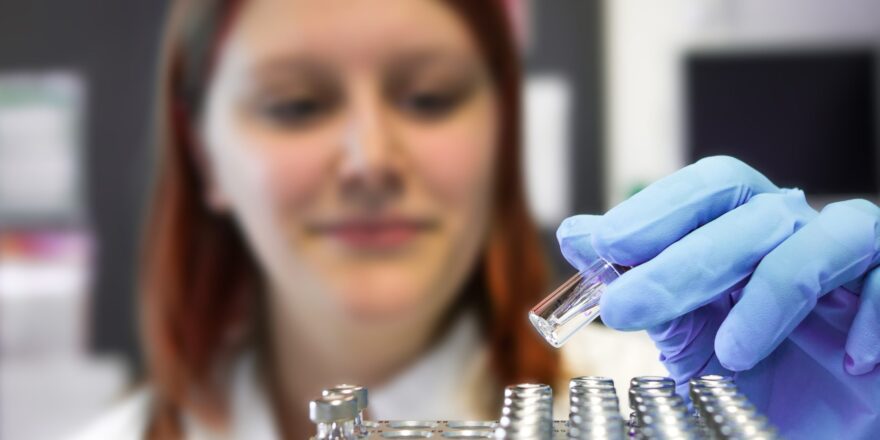Male Infertility Male infertility issues affect at least half of couples that struggle to have a baby. We explain 8 common factors (other than age and drugs) that reduce male fertility, so that you can avoid them. Drugs and male fertility explains how some common prescription, recreational drugs and environmental pollutants can affect male ...
Drugs & Male Fertility
Many drugs have a powerful impact on male fertility, and semen testing makes it relatively easy to measure this. Drugs have an abnormally significant effect on sperm because they’re by far the smallest cells we have, and their DNA is on single (rather than double) helix strands. The way they’re made in the testicles is also very un...
Fertility Tests
Fertility tests are essential to reveal what is (or what isn’t) working, which can save a lot of time and stress for all couples trying to conceive. They really become a priority when: There are physical problems, such as an inability to ejaculate, or very irregular menstrual cycles The woman is 35 or older and hasn’t conceived after tr...
Glossary
Glossary of medical terms Adhesions: internal scar tissue attachments in fibrous bands to the surfaces of organs and tissues that often result from an injury or infection. Amenorrhea: a lack of menstruation for at least three months without a pregnancy. Androgens: sex hormones such as testosterone, which are in much higher levels in men than w...
IUI and Natural Cycle IVF
(ART), and IUI is usually a couple’s first line of treatment, with three to six treatment cycles being the standard before IVF is recommended. The success rates for IUI (with Clomid) and IVF are very similar; however, trying naturally is more successful than either for couples with unexplained infertility! i Intra-Uterine Insemination (...
IVM
In-Vitro Maturation (IVM) is a variation of conventional IVF, where the big difference is the collection and use of immature eggs. It’s a relatively new protocol (since about 2008) and clinics are still perfecting the retrieval and maturation of immature eggs and the receptivity of the womb lining for implantation. i In IVM, immature eggs are ...
Long & Short Protocols
The Long & Short IVF protocols are the stimulation protocols that are most commonly used, and the difference is GnRH down-regulation or not. A birth control pill (Lupron) controls the menstrual cycle and prevents ovulation in the Long Protocol, and both cycles then have stimulation from either follicle-stimulating hormone (FSH) or human me...
Examples of semen samples
Examples of semen samples Looking at some semen samples helps when explaining how the standard semen test works. As well as sperm numbers they can help indicate whether a problem with sperm lies in the testes or tubes, and what the issue is. Two examples of semen samples are here and measured against the two WHO reference ranges. The symbol &#...
Karyotype Test
Karyotype Test The karyotype (or chromosome analysis) checks the structure, number, arrangement of chromosomes and their DNA code. The chromosomes are separated, processed and photographed to see if there are any missing or extra. It can find structural changes that cause miscarriage or genes that cause illness. It’s very similar to “amniocent...
Thyroid & Fertility
Thyroid disorders are easily overlooked, but they’re crucial fertility conditions, especially hypothyroidism (an underactive thyroid) which is more common than hyperthyroidism. It reduces male libido and sperm count, but has even more significant effects on female fertility and increases the chances of the following conditions: Abnormal...







